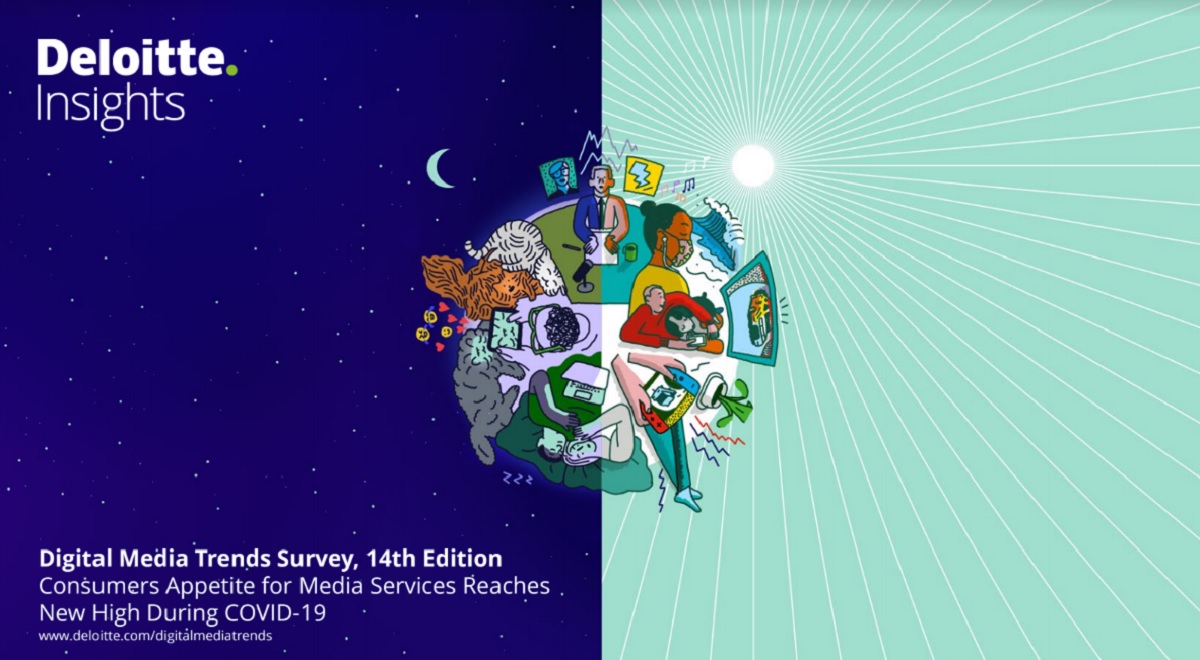Gamers and movie watchers are binging on entertainment during the pandemic, and U.S. game companies and streaming movie services are vying to sign up consumers, according to Deloitte‘s 14th annual Digital Media Trends report. This data is a clue to habits being formed during lockdown, but the question is how long an expanded interest in gaming is going to last.
“We saw a surge in esports in terms of virtual games and virtual sports during the pandemic,” said Kevin Westcott, the vice-chair and leader of the U.S. telecom, media, and entertainment sector at Deloitte, in an interview with GamesBeat. “Do those become permanent parts of the entertainment package that people consume at home? Or is that really just a phenomenon of being locked at home and they had to find alternative entertainment? I expect that at least some portion of that will continue. We’re going to be watching very closely.”

Unlock premium content and VIP community perks with GB M A X!
Join now to enjoy our free and premium membership perks.
![]()

![]()